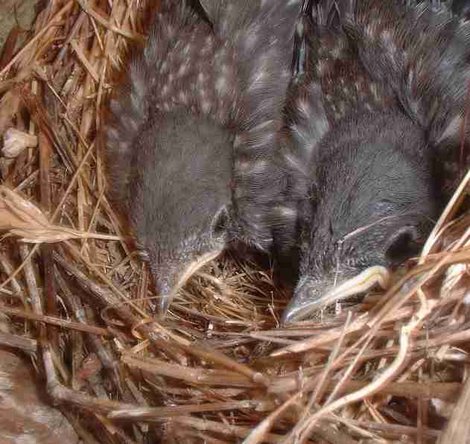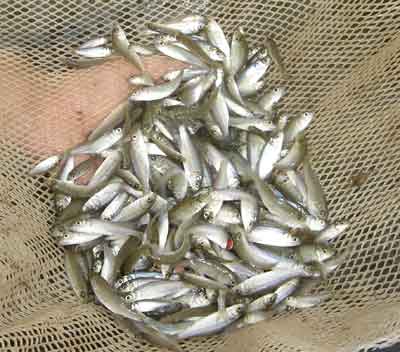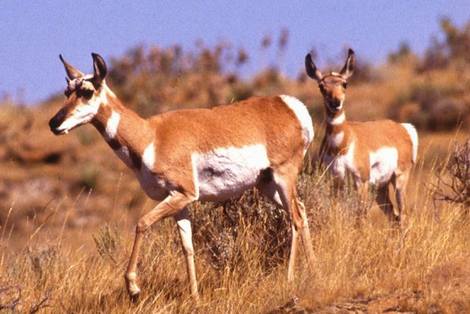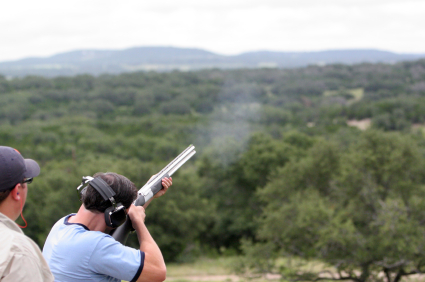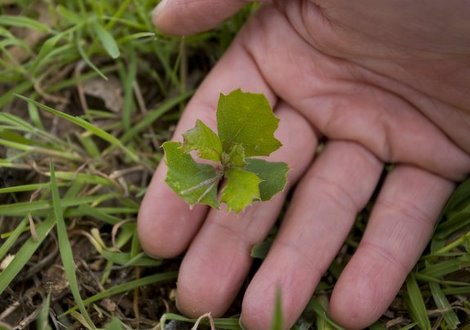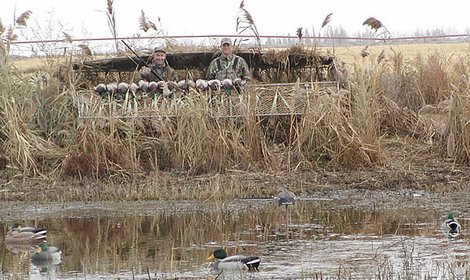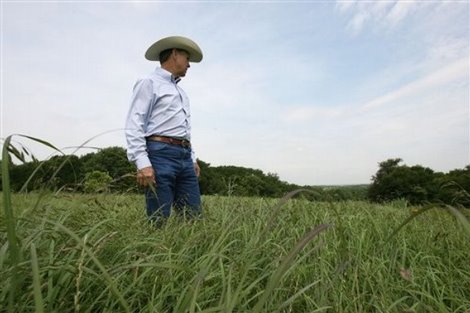
Livestock and wildlife producers, land managers and others interested in learning more about managing and optimizing their grazing lands will have an opportunity at one of five workshops being held throughout Texas from Sept. 3 to Oct. 1, 2008. “My Piece of Texas” grazing schools will teach attendees how to estimate forage production, determine grazeable acres and set proper stocking rates as well as learn valuable grazing management principles.
The $25 registration fee will include lunch and a copy of the soon-to-be published handbook, “Managing My Piece of Texas.” The how-to guide was peer reviewed by ranchers throughout Texas after being developed by grazing specialists from the Grazing Lands Conservation Initiative (GLCI), Texas AgriLife Extension Service, and the USDA-Natural Resources Conservation Service (NRCS). Continue reading Texas Offers Grazing Workshops
